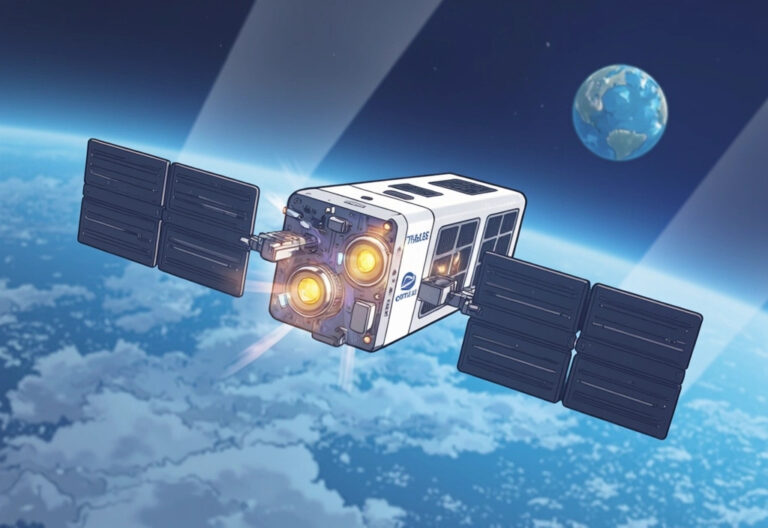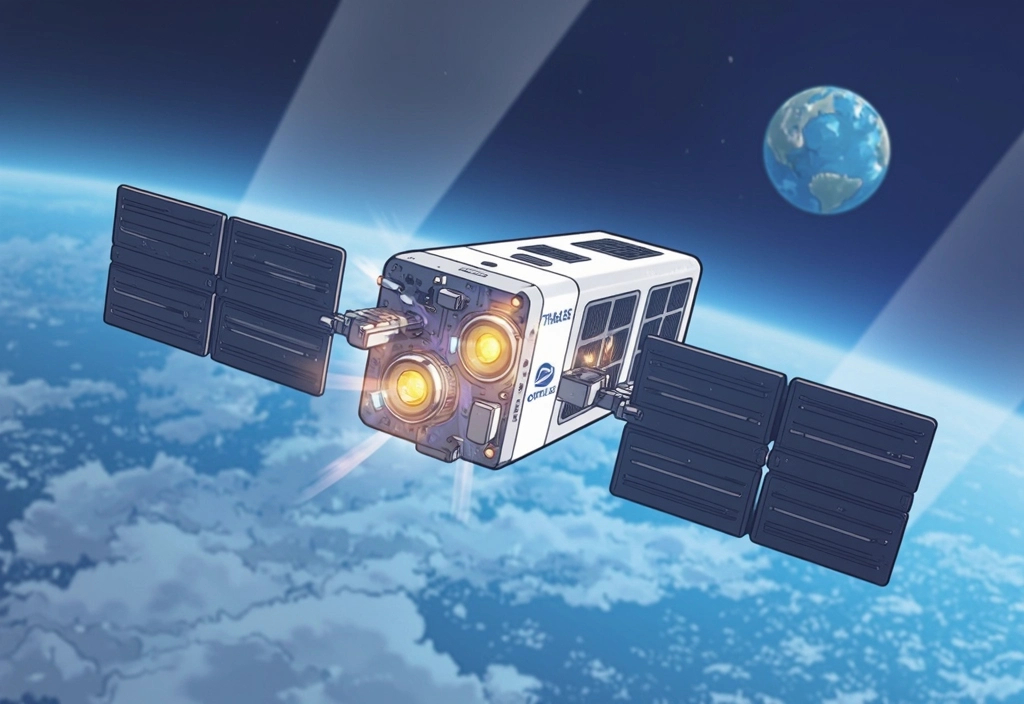A New Era of Shared Vision in the Skies
In high-stakes rotary-wing missions—whether in combat, search and rescue, or medevac—every second counts and every detail matters. One of the biggest challenges? Ensuring the entire crew, from pilots to rear cabin operators, shares the same situational picture. That’s where helmet-mounted displays (HMDs) for helicopter pilots come in.
These advanced head-worn systems are not just high-tech visors. They represent a game-changing leap in situational awareness, turning helicopters into more cohesive, better-informed flying teams.
What’s a Helmet-Mounted Display (HMD)?
An HMD is a wearable display system integrated into a flight helmet. It projects mission-critical data—including targeting, navigation, and sensor feeds—right into the pilot’s line of sight. This reduces the need to look down at cockpit panels, enabling heads-up, eyes-out flying.
But the real breakthrough? Now the entire crew can benefit from this data—not just the pilot.
Why This Matters for Rotary-Wing Missions
Unlike fighter jets with solo pilots, helicopters often involve multiple crew members who must work in tandem—especially in dangerous or complex environments. In traditional setups, only the pilots had access to live sensor feeds or battlefield info. That led to a disconnect between the flight deck and the cabin.
Today’s integrated HMD systems solve that by enabling shared awareness. Rear crew members can view sensor data or pilot camera feeds in real time on their own helmet displays or handheld devices. This means:
- Faster coordination during medevac or combat missions
- Better decision-making in confined landing zones
- Improved threat response and navigation under fire
Inside the HMD Revolution: From Apache to Black Hawk
HMDs have long been a staple in advanced platforms like the AH-64 Apache, but they’re now moving into broader helicopter fleets like the UH-60 Black Hawk and CH-47 Chinook. These systems are becoming lighter, more intuitive, and more affordable, making widespread adoption possible across all branches of military aviation.
More Than Tech—It’s a Tactical Advantage
This shared vision isn’t just about convenience. It’s a tactical force multiplier. When everyone in the helicopter has access to the same real-time visuals, teams operate with greater unity, faster reaction times, and fewer misunderstandings. That can mean the difference between success and failure—or life and death.
Looking Ahead: The Future of Augmented Flight
As HMD technology continues to advance, expect to see augmented reality (AR) overlays, AI-driven threat detection, and even pilot-crew biometric monitoring. These tools could further refine rotary-wing missions, turning helicopters into smarter, more reactive platforms.
Check out the cool NewsWade YouTube video about this article!
Article derived from: Gilbert, E. (2025, January 28). HMD for Rotary-Wing – Bridging the Situational Awareness Gap Between Pilots and Their Crew – Modern Battlespace. Modern Battlespace. https://modernbattlespace.com/2025/01/28/hmd-for-rotary-wing-bridging-the-situational-awareness-gap-between-pilots-and-their-crew/















